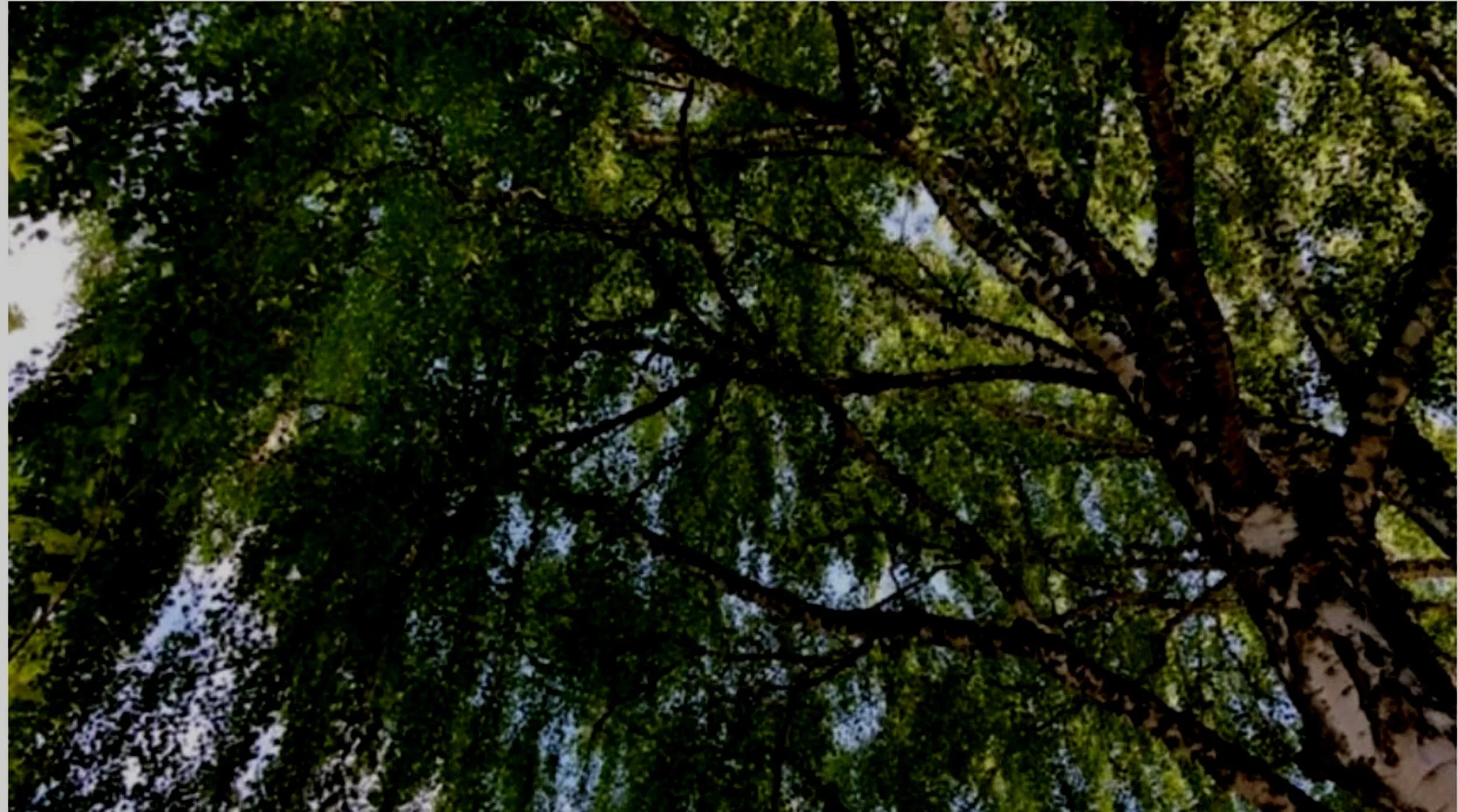The date was April 22, 1970 and this gardener was one month away from graduating from the University of California, Davis with a degree in Environmental Horticulture (yes, I graduated from college 50 years ago). Classes had been suspended so that students could participate in lectures all over campus that were focused on the various environmental issues of the day. Ever since the publication of Rachael Carson’s ‘Silent Spring’ in 1962, there had been a growing awareness of the mess humanity was making of the environment in the name of ignorance, greed and short-term profits. Earth Day was created to educate and bring to the public’s attention these problems, and by the end of the day, no less than 20 million people participated in elevating their environmental consciousness. By the end of 1970, the first Earth Day led to the creation of the United States Environmental Protection Agency and the passage of the Clean Air, Clean Water and Endangered Species Acts.
Twenty years later in the year 1990, the movement went global with 200 million people participating from 141 countries bringing environmental issues to the world stage. Progress continued and 10 years later in the year 2000, there were 5,000 environmental groups from 184 countries reaching out to hundreds of millions of people to raise up the urgency of addressing global warming and the need for clean energy.
Unfortunately 2010 was a time of great challenge, with the cynicism of climate change deniers, an increase of well-funded oil lobbyist, reticent politicians and all topped off with a disinterested public. Despite all of this, Earth Day was still a success with the founding of “Earth Day Network”, which brought 250,000 people to the National Mall for a Climate Rally and introduced a global tree planting initiative called “The Canopy Project”, along with “A Billion Acts of Green” the world’s largest environmental service project.
Now it is time for Earth Day 2020 and one can only hope that there is a renewed interest in doing a better job of protecting our planet. Resistance from both industry and government has never been more intense. Assaults on the EPA and the very protections and regulations that were created to halt rampant pollution are now an everyday occurrence. We are led to believe that “climate change” is nothing more than an hoax designed to put us behind the competition of other countries and to turn us into “losers”. This “zero-sum” mentality could easily be the undoing of us all.
I will acknowledge that there are always two sides to every argument, and in the end, there needs to be a balance between protecting our future and maximizing the benefits of the present. Sometimes short-term sacrifices feel painful, but can generate long term benefits. It is often hard to see the big picture and as human beings we are drawn to the immediate gratification of the moment. We simply cannot lose sight of the future or there won’t be one.
That first Earth Day 50 years ago made an impression on me that has lasted a lifetime. In the early 70’s while in the US Army, I founded an Ecology Club and we started a glass recycling program on the base. I have been a lifelong advocate for conservation and sustainable gardening practices, both personally and professionally. It is my hope that some of you will feel a calling, like I did back in 1970, to get involved this year and participate at some level in the Earth Day activities that are planned in your community. Even with the COVID-19 pandemic, there are still opportunities to make a difference. Do a Google search and see what you can be a part of in 2020. It might just be to make a donation to “The Canopy Project” or joining “A Billion Acts of Green”. Or, it could just be the catalyst, like it was for me, that changes your life forever. Stay safe and keep on gardening.



